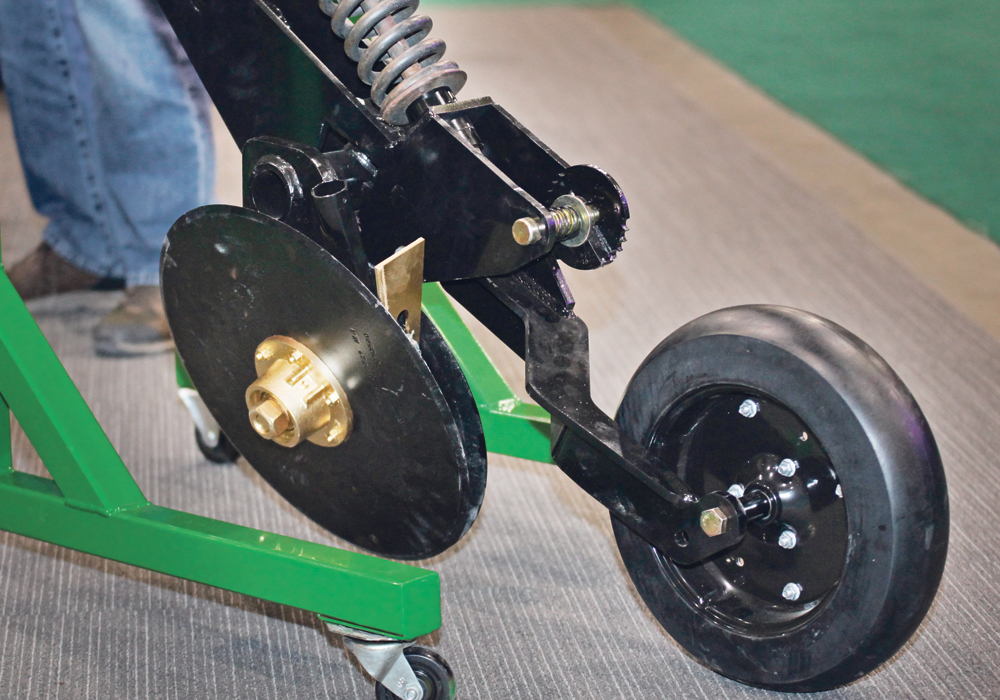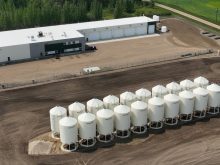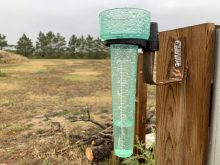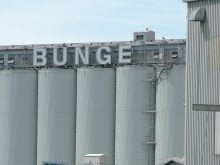Rebuilding a disc drill can be a substantial undertaking, both in time and money.
One popular line, the John Deere 1890-1895 units, can handle a lot of acres before their discs and hubs are done, but after that their future is often forfeit.
Saskatchewan seeding equipment builder Kim Hartman liked the Deere 1890-1895 units and figured that a lot of producers did as well, but they might be thinking of parking their worn tools and buying new ones when the time came.
“But that is a lot of money. Especially the way the farm economy is right now. We took our under-cut disc system and explored upgrading the older 90-95s with it. It works just fine,” said the Elrose, Sask., owner of K-Hart Industries at Saskatoon’s Crop Production Show.
Read Also
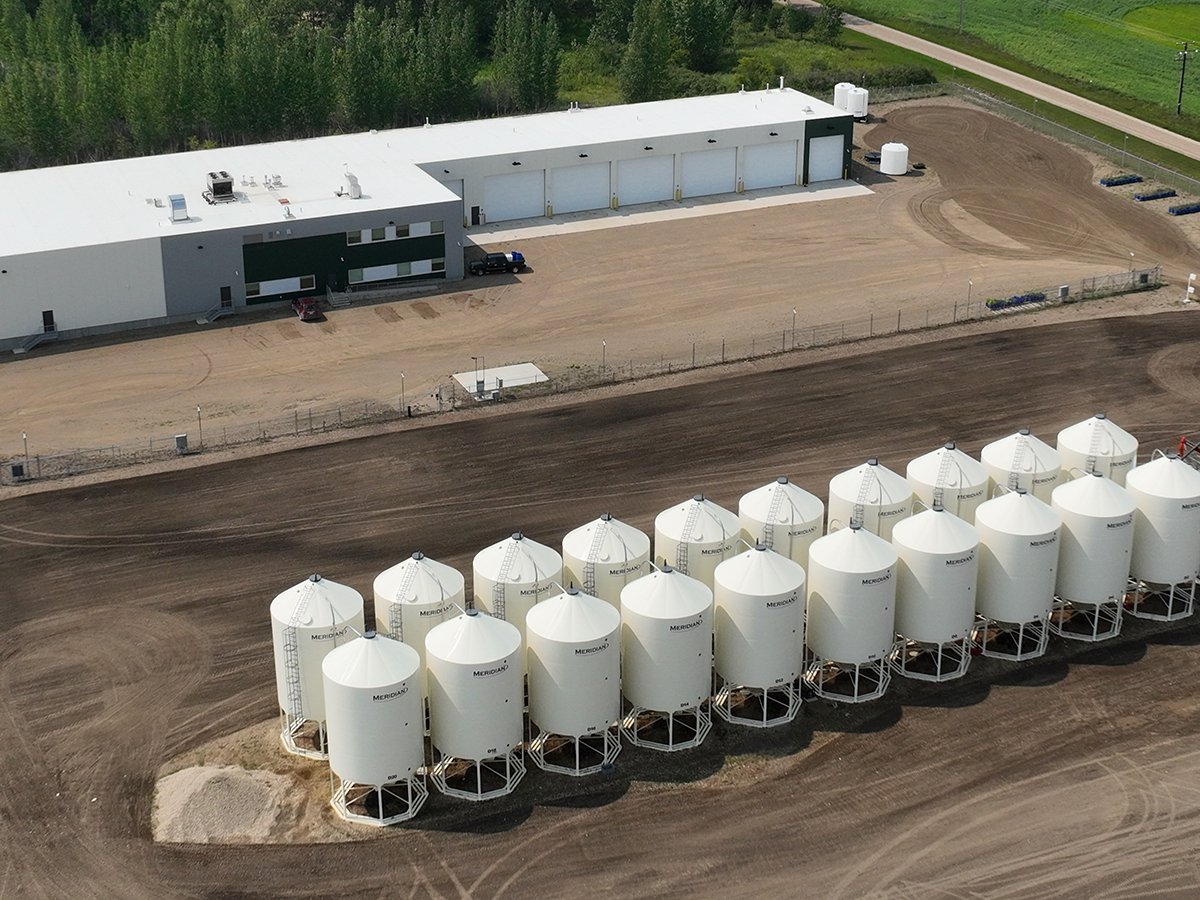
Saskatchewan firm aims to fix soil with compost pellets
In his business, Humaterra, Leon Pratchler is helping farmers maximize yields in the weakest areas of their fields through the use of a compost pellet.
The under-cut disc operates at an angle to the soil’s surface, opening the soil with less tearing and easier closing, often reducing the hair-pinning that disc drills are known for, especially in heavy cereal stubble conditions.
“There are a lot of those machines out there in North America, it seemed like a problem in search of a solution,” said Hartman.
Hartman’s design retains the spring or hydraulic opener down-pressure system and the rest of the drill’s frame, adding a new trailing arm, the K-Hart heavy duty hub bearing and the disc system. It costs about $900 per unit.

